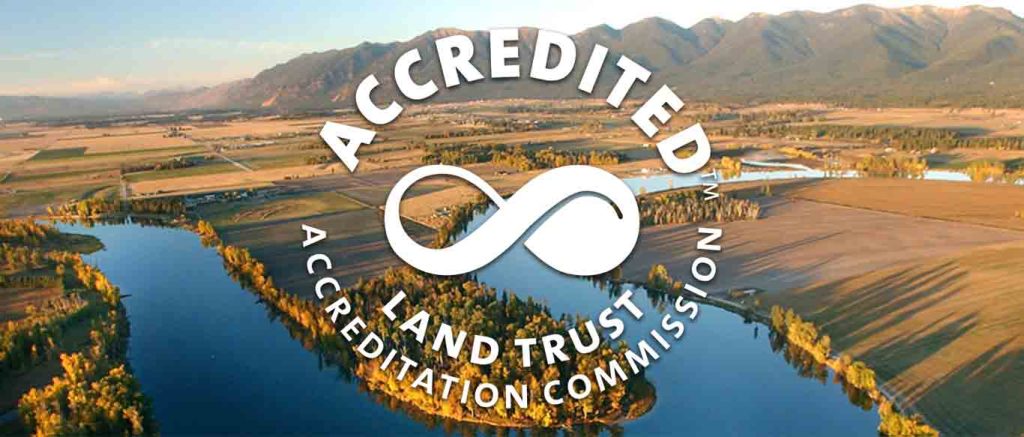History
“In the late 1970s and early 1980s, booming economic conditions in the lush Flathead Valley induced indiscriminate development and hodgepodge planning that chopped up the area. These practices caused alarm among both individuals and groups … which wanted to preserve prime agricultural farmland.
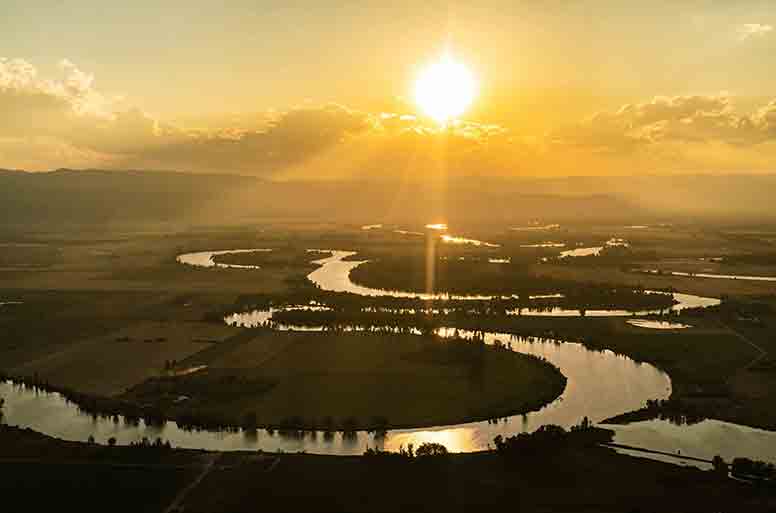
At the same time, the three forks of the Flathead River were incorporated into the National Wild and Scenic River system, and the Flathead National Forest launched a project to obtain in fee or through easements a corridor along these rivers for the protection of the resource.
Flathead River at sunset, photo courtesy of GravityShots.com
These two simultaneous events aroused an interest in conservation easements as a land protection tool for the valley, especially for farmland where owners were wary of the harshness they saw in zoning, but wanted to do something to save agricultural lands.
Wheat field on Louden Conservation Easement.
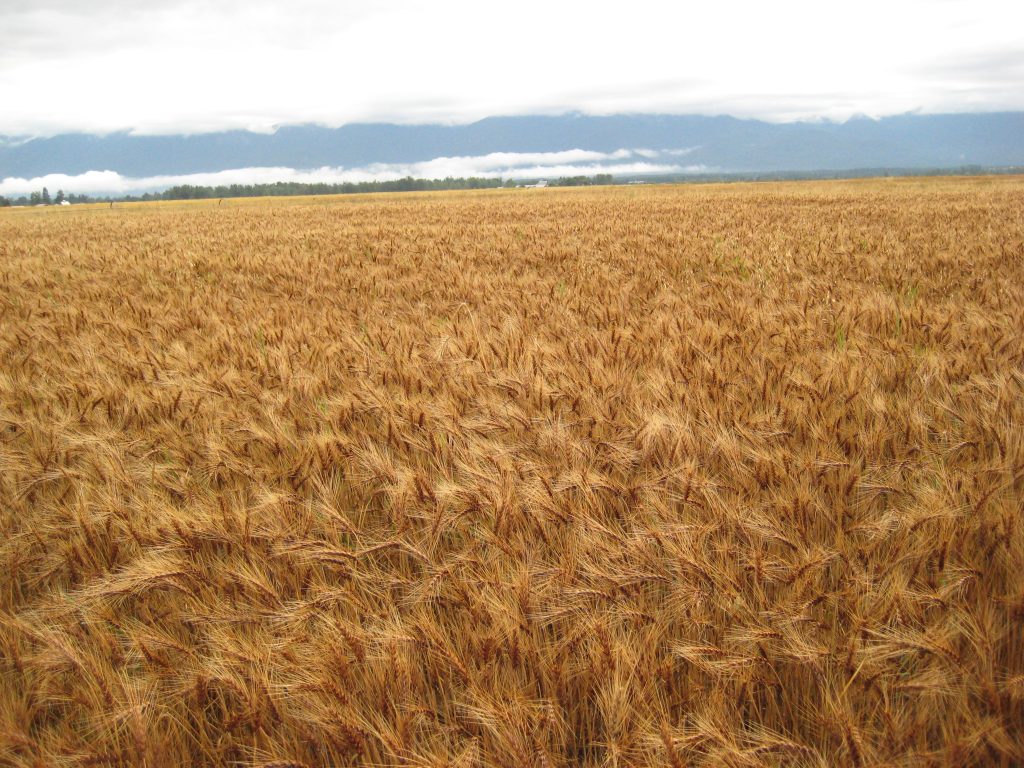
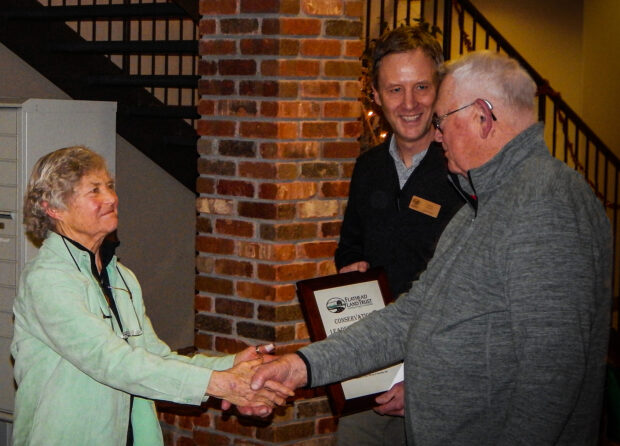
Common interests eventually dovetailed efforts and the Trust for Public Land was contacted to consult with interested community members as to the options available. Once a core working group determined that a local land trust was the best viable option, a framework was established along with a board of directors and the Flathead Land Trust was born.”
— Excerpt from 1988 article by Jo Ann Speelman
First Flathead Land Trust Executive Director, JoAnn Speelman Dramer, accepting the 2023 Conservation Leadership Award from Paul Travis, current Executive Director and Mike Connor, co-founder of Flathead Land Trust.
Flathead Land Trust’s first project, a cooperative effort with Trust for Public Land, was the purchase and transfer of a 460-acre farm near the north shore of Flathead Lake to the U.S. Fish and Wildlife Service which became the Blasdel Waterfowl Production Area. The protected land also includes the historic Porter Barn – one of the most photographed and iconic barns in the Valley.
Blasdel Waterfowl Production Area, a partnership, photo by Dan Casey
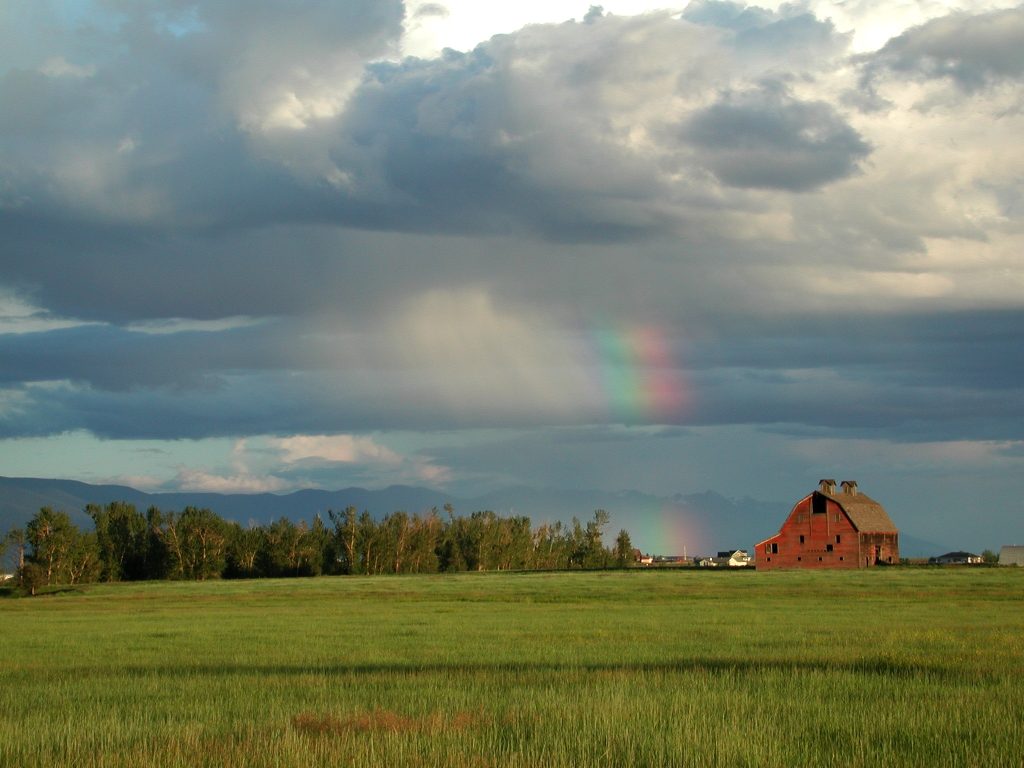
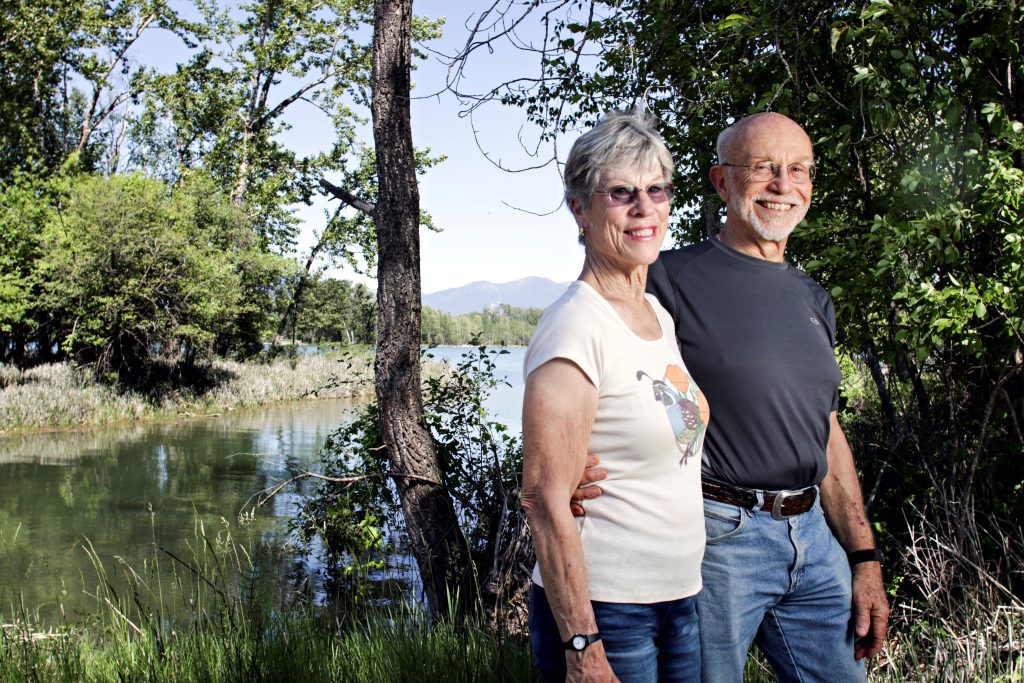
Shortly thereafter, Alice Sowerwine donated a conservation easement on the family’s 157-acre farm on Fennon Slough in 1988. This became the first conservation easement held by Flathead Land Trust.
Alice’s son, David, who suggested his family’s land be put in a conservation easement, with his wife, Haydi, on the Sowerwine easement.
In 2013, Flathead Land Trust received accreditation status by the national Land Trust Accreditation Commission. After an extensive, rigorous evaluation, Flathead Land Trust is now one of 470 accredited land trusts of 1,281 land trusts in the nation. This recognition shows that we meet national standards of excellence for land trusts and land conservation.
